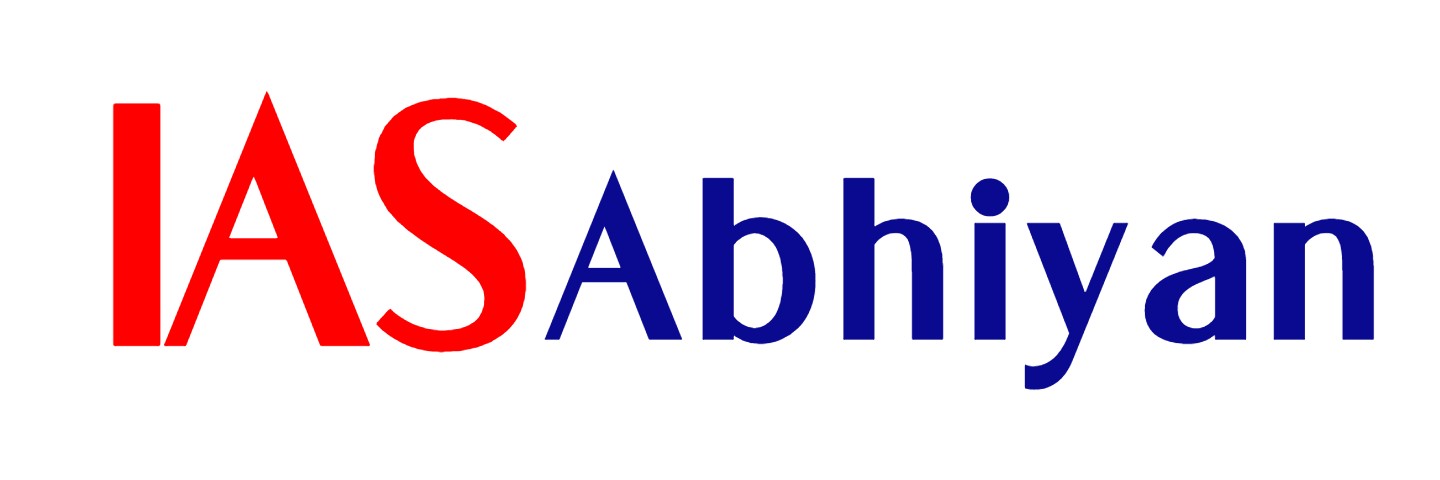Why a GI?
- Who needs a GI tag for a syrupy, spongy dessert you can eat anytime, anyplace, anyway? Before you chew on that, here’s what a ‘GI’ is: a ‘geographical indication’ that recognises certain products as corresponding to a specific location or place of origin. As a World Trade Organisation (WTO) member, India enacted the Geographical Indications of Goods (Registration and Protection) Act, 1999 on September 15, 2003. Under this purview of intellectual property, a GI tag means that only authorised users (or those in the specified geographic territory) can use the registered product name.
- In 2004-05, Darjeeling tea became the first GI-tagged product in India. Other GI tags include Mysore silk, Jaipur blue pottery, Kashmiri pashmina, Kannauj perfume, Goa feni and Rajasthan’s Thewa painting, using gold on glass.
But why the rosogolla?
- The struggle for a GI label goes back to a dispute over the sweet’s origin. Odisha claims it invented the rosogolla which, as the legend goes, was offered as bhog on the ninth day of the Jagannath Rath Yatra, during a Niladri Bijaya ritual, to goddess Mahalakshmi in the famous Puri temple. The sweet, named “Pahala rasagola” (Odia pronunciation) after a hamlet near Puri, has been dated back to the 12th century — with scholars citing religious texts and temple records for evidence that the rasagola, also called khira mohana, was part of Puri’s sacred rituals.
- From there, it was argued, the rosogolla swelled in popularity — Odia chefs took the recipe with them to Bengal, and Bengali visitors carried home the technique, at times apparently gleaned from Bikalananda Kar himself, the legendary sweetmaker from Salepur in Cuttack, who is believed to have modified the original khira mohana.
Did Bengal swallow this story?
- No. Bengalis have a very different view of how the rosogolla was born. They claim it was invented in 1868 by the Kolkata-based sweetmaker Nobin Chandra Das. The legend goes that Das made rosogollas by boiling a rounded mix of chhena and semolina in sugar syrup. In 1930, Nobin’s son Krishna introduced vacuum packing to keep the sweets fresher for longer. Over the following two decades, the family established companies to manufacture, pack and sell the sweet.
And did Odisha digest that?
- No. In 2015, the state government initiated a move to get GI status for its Pahala rasagola. It constituted three committees to establish the rasagola’s Odia origin — and it was underlined last year that a 16th century Odia version of the Ramayana, the Dandee Ramayana, mentions a sweet made of cheese being offered in rituals.
- Alongside, rasagola campaigns proliferated in popular culture. On July 30, the day of the Niladri Bijaya in 2015, the hashtag #RasagolaDibasa celebrated the sweet’s Odia origin on social media and in newspapers, and sand artist Sudarshan Pattnaik made a sculpture on Puri beach depicting Lord Jagannath offering rasagolas to goddess Lakshmi.
Did things get stickier?
- Yes. Bengali experts insisted the rosogolla couldn’t have existed in India until the 17th century, when the Portuguese brought recipes for curdling milk. Until then, Indian sweets were made with khoya, not chhena, they argued — besides, curdled milk would not have been offered to a deity at all.
So has Bengal really won now?
- That’s the bitter pill — despite the initial euphoria, the GI tag doesn’t give the rosogolla to Bengal. It only states that “Banglar Rosogolla” (which has some specific characteristics such as the way it feels in the mouth and how sweet it is) originated in Bengal — not that the rosogolla/rasgulla itself did. Odisha is, in fact, in the process of applying for GI for its own rasagola.
Why this angst over food?
- The rosogolla isn’t alone. In 1996, Japan and South Korea clashed over kimchi, the fiery fermented dish. In 2008, Israel and Lebanon argued over hummus. In 2009, then New Zealand Prime Minister John Key claimed the pavlova, the meringue-and-fruit confection usually associated with Australia, was, in fact, entirely Kiwi in origin.
- There are parochial reasons for these quarrels. As globalisation progresses, local contexts sometimes feel anxious about losing “their” products to others. They try to emphasise their uniqueness, claiming that a particular product — say, champagne from the French district of that name, or Scotch whisky — simply isn’t the same when made elsewhere.
- There are commercial reasons, too. The hummus trade, for example, is worth over a billion dollars annually. In such cases especially, the ‘brand’ matters, and food fights are as much about financial sense as about regional sensibility.
- In the end, though, no matter what you call it, a rosogolla from anywhere tastes just as sweet.
Source:Indian Express
